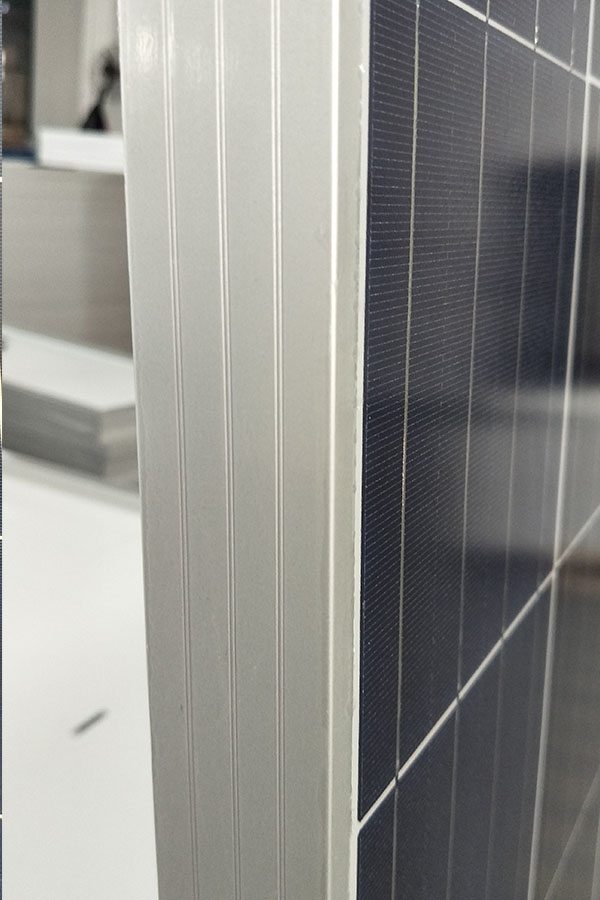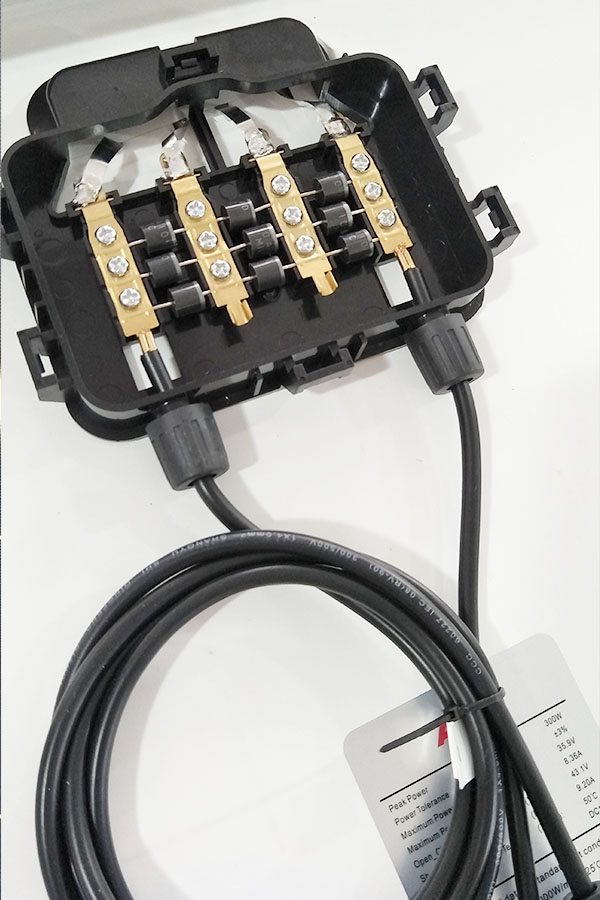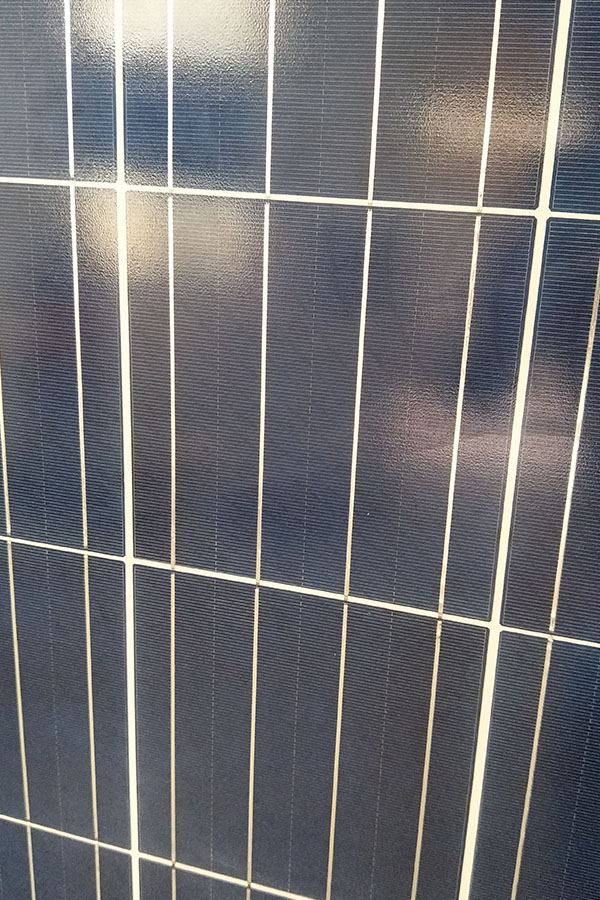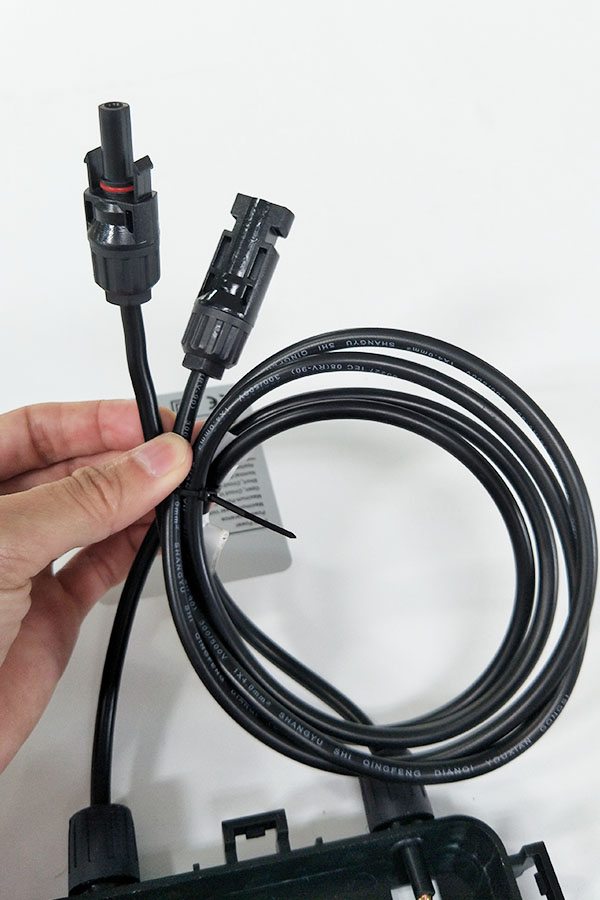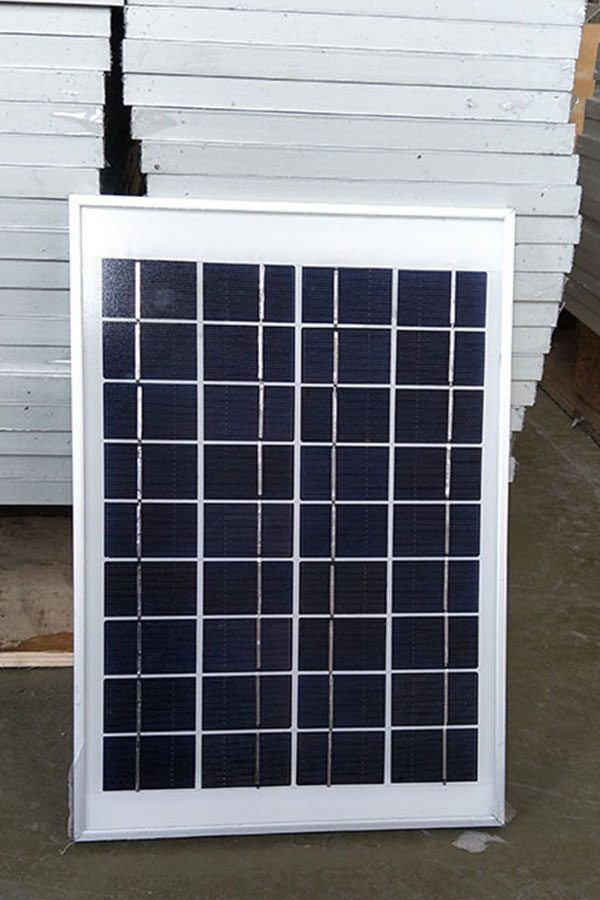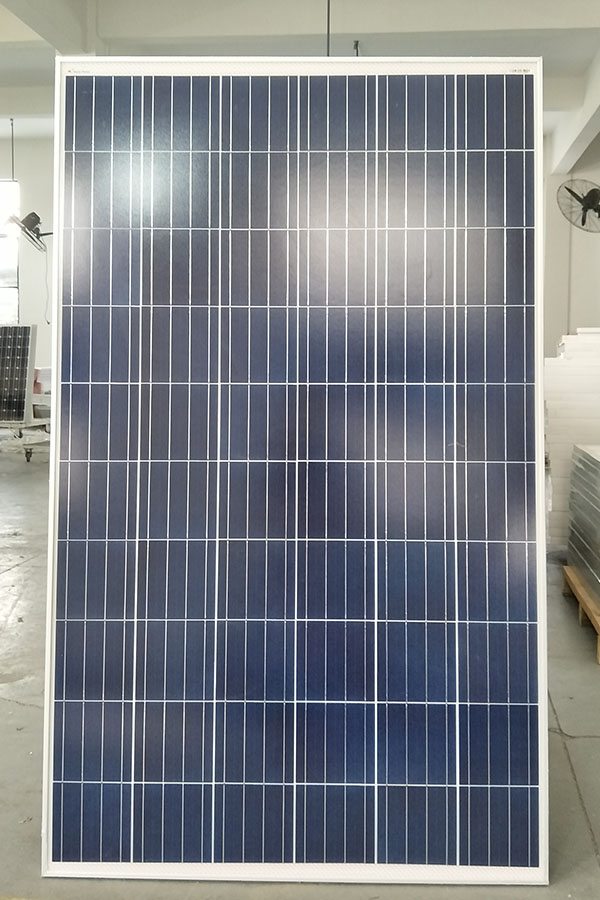Cheapest Price Poly-crystalline Solar Panel 150W to Jakarta Factory
Short Description:
Dedicated to strict quality control and thoughtful customer service, our experienced staff members are always available to discuss your requirements and ensure full customer satisfaction for Cheapest Price Poly-crystalline Solar Panel 150W to Jakarta Factory, "Quality first, Price lowest, Service best" is the spirit of our company. We sincerely welcome you to visit our company and negotiate mutual business!
Poly-crystalline Solar Panel 150W
Technical parameter
Maximum Power(W) 150W
Optimum Power Voltage(Vmp) 17.92V
Optimum Operating Current(Imp) 7.83A
Open Circuit Voltage(Voc) 21.86V
Short Circuit Current(Isc) 8.59A
Mechanical Characteristics
Cell Type Poly-crystalline 156x156mm (6 inch)
No of Cell 36 (4x9pcs)
Dimensions 1482x678x35mm
Weight 11.9KGS
Front Glass 3.2mm,High Transmission, Low Iron,Tempered Glass
Junction box IP65 Rated
Output Cable TUV 1×4.0mm2/UL12AWG,Length:900mm
Temperature and Coefficients
Operating Temperature(°C): -40°C ~ + 85°C
Maximum System Voltage: 600V(UL)/1000V(IEC) DC
Maximum Rated Current Series: 15A
Temperature Coefficients of Pmax: -0.435%
Temperature Coefficients of Voc: -0.35%
Temperature Coefficients of Isc: 0.043%
Nominal Operationg Cell Temperature (NOCT): 47+/-2°C
Materials of solar panel
1).Solar Cell——Poly-crystalline solar cell 156*156mm
2).Front Glass——-3.2mm, high transmission, low iron, tempered glass
3).EVA——-excellent anti-aging EVA
4).TPT——-TPT hot seal made of flame resistance
5).Frame——anodized aluminum profile
6).Junction Box——-IP65 rated, high quality, with diode protection
Superiority: high quality anodized aluminum frame, high efficiency long life, easy installation, strong wind resistance, strong hail resistance.
Features
1. High cell efficiency with quality silicon materials for long term output stability
2. Strictly quality control ensure the stability and reliability, totally 23 QC procedures
3. High transmittance low iron tempered glass with enhanced stiffness and impact resistance
4. Both Poly-crystalline and Mono-crystalline
5. Excellent performance in harsh weather
6. Outstanding electrical performance under high temperature and low irradiance
Quality assurance testing
Thermal cycling test
Thermal shock test
Thermal/Freezing and high humidity cycling test
Electrical isolation test
Hail impact test
Mechanical, wind and twist loading test
Salt mist test
Light and water-exposure test
Moist carbon dioxide/sulphur dioxide
On Grid Solar power Inverter System Without Battery Urdu/Hindi By Zakria 2017
Please Don’t forget to Like and Subscribe to my Channel for more Entertaining Videos.
Thanks For Watching
==========================================
Entertaining Videos
Please Like & Subscribe My Channel
==========================================
Please Subscribe My Channel
https://www.youtube.com/c/zakriauzu
==========================================
Please Subscribe My Other Channel
Channel Name DIGITAL ZU24
==========================================
Website : http://www.zakria42db.com/
: http://zakria42db.blogspot.com/
==========================================
https://www.instagram.com/zakriazu/
==========================================
Facebook Page
https://www.facebook.com/zakria.zu/?ref
==========================================
==========================================
Facebook
https://www.facebook.com/zakria.zu
==========================================
==========================================
Editing By Zakria
==========================================
Solar power is amazing. On average, every square meter of Earth’s surface receives 164 watts of solar energy (a figure we’ll explain in more detail in a moment). In other words, you could stand a really powerful (150 watt) table lamp on every square meter of Earth’s surface and light up the whole planet with the Sun’s energy! Or, to put it another way, if we covered just one percent of the Sahara desert with solar panels, we could generate enough electricity to power the whole world. That’s the good thing about solar power: there’s an awful lot of it—much more than we could ever use.

